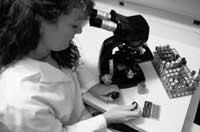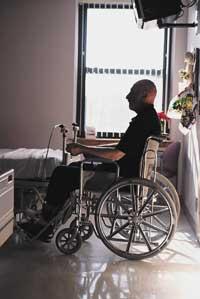Rare diseases
2003/12/01 Agirre, Jabier - Medikua eta OEEko kidea Iturria: Elhuyar aldizkaria
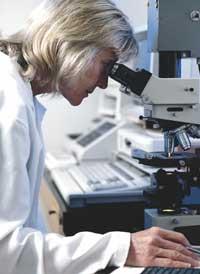
One of the characteristics of all these diseases is the lack of investment, since in healthcare, research and social aspects very little is invested, both private and public, because they are normally considered unprofitable diseases. In Europe, however, more than 25 million people suffer from one of the diseases considered rare.
What is a rare disease?
The European Union considers rare the disease affecting less than 5 out of 10,000 inhabitants. Therefore, for a disease to be considered rare, it must affect less than 185,000 people in the European Union and less than 20,000 in Spain.
However, the burden of these diseases is enormous, both in the mortality rate and in the disability and disability rates they generate.
More than 5,000 rare diseases, of which more than 80% are of genetic origin. Most appear in pediatric ages but not all, such as amyotrophic lateral sclerosis (ALS), Huntington's disease, and scleroderma appear in adulthood.
Among rare diseases there are great differences, with congenital, acquired, sensory, physical, psychic, muscular, neurodegenerative and listemic pathologies.
They affect different organs of the body, so the disabilities that are generated are very different (both physical and psychic, sensory or diverse), but in most cases are chronic, degenerative and characterizing diseases. And because of their seriousness, experts believe that they cannot be ignored or despised with the excuse of low incidence.
The European framework, a good starting point for moving forward
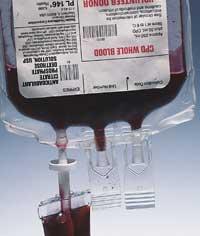
Most countries in our environment, where these diseases normally occur, in a society that is considered Western, have implemented specific action plans and have created rare disease centers to try to solve the problems of these and their families.
It should not be forgotten, for example, that in Spain (and in the same sense in the Basque Country) between 6 and 8% of the population is affected by some rare disease, that is, between two and three million people, who suffer from rare diseases such as hemophilia, autism, some types of ataxias, sclerosis, dystomia, or that of Gaucher or that of Geutzt-feldjacob. For this reason, the association EURORDIS (European Association of Rare Diseases) promulgated last June a week of awareness of these diseases, with the aim that this large group affected by disability know and recognize its importance and degree within society.
In Spain more than 60 associations meet within the ERDF (Spanish Federation of Rare Diseases), which culminated in their presence in the Congress of Deputies.
It brought together numerous representatives of patients with rare diseases, and the topics discussed may be important if they were actually carried out and become a reality; among others, it cited the launch of an institute specialized in these pathologies, the promotion and funding of initiatives that promote the prevention and research of these diseases, the maintenance and development of the Orphan Drug Regulation and the introduction of new therapies in all patients.
And another issue that may be the most important of my humble opinion: to name reference centers for rare diseases existing among us, in order to achieve equal treatment compared to other pathologies.
Despite the specific characteristics of each disease, people with rare diseases have other problems: ignorance of the origin of the disease, disorientation and doubt that occurs at the time of diagnosis, social rejection and loss of self-esteem, lack of information on care, possible complications, treatments and technical aids, isolation, absence of medical diseases, very scarce subsidies, lack of specific protocols for the treatment of the disease, lack of clinical coverage, etc.
Rare disease vs normal disease
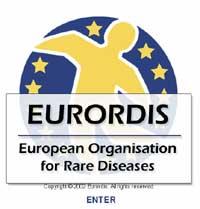
This semantic distinction does not correspond to the original idea. The ‘rarity’ of diseases grouped in the rare disease group refers to their frequency, given the scarcity of cases of these diseases. But centuries ago we knew many rare diseases, and the panorama that presents the advance in the knowledge of the human genome shows us at present other diseases that we did not know very few years ago or that were included among other pathologies.
The form or complexity of these diseases has nothing to do with the denomination given to them. The lack of information from professionals, the social problems related to disability and the lack of information from researchers and the pharmaceutical industry are the real problems of rare diseases, since these are normal diseases that deserve to be investigated and remembered by researchers and industries.
More information at
http://cisat. isciii.es www.minoritasias.org
(from ERDF)

Gai honi buruzko eduki gehiago
Elhuyarrek garatutako teknologia



